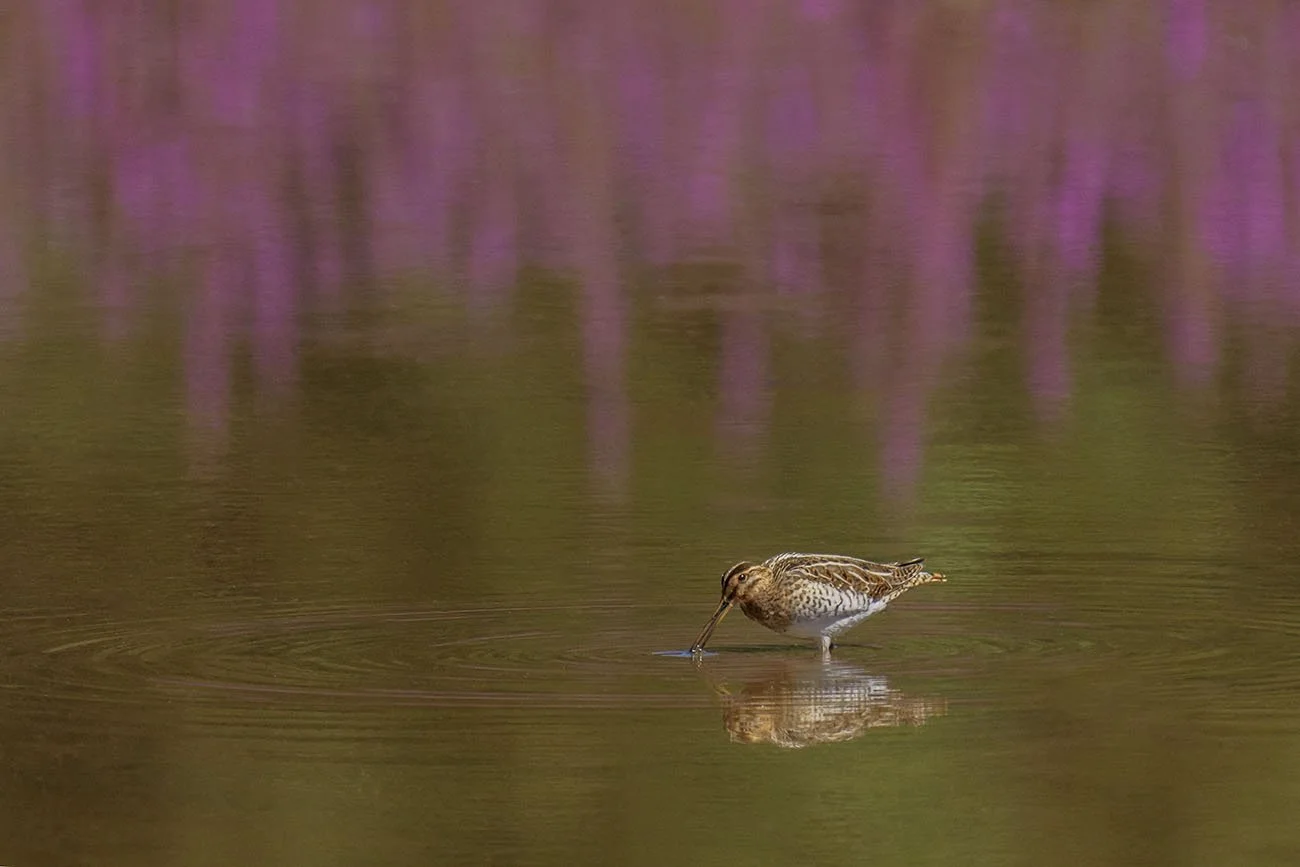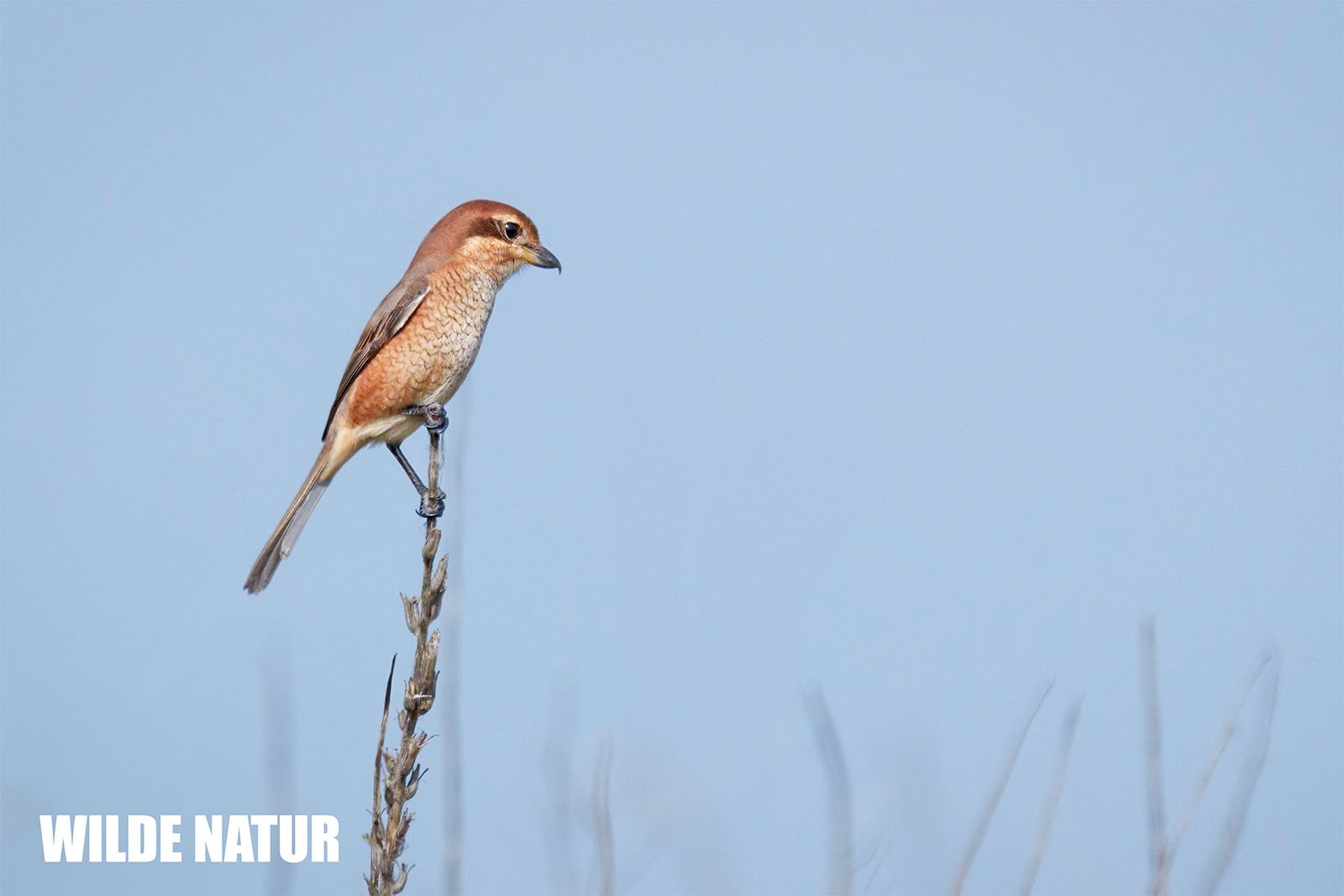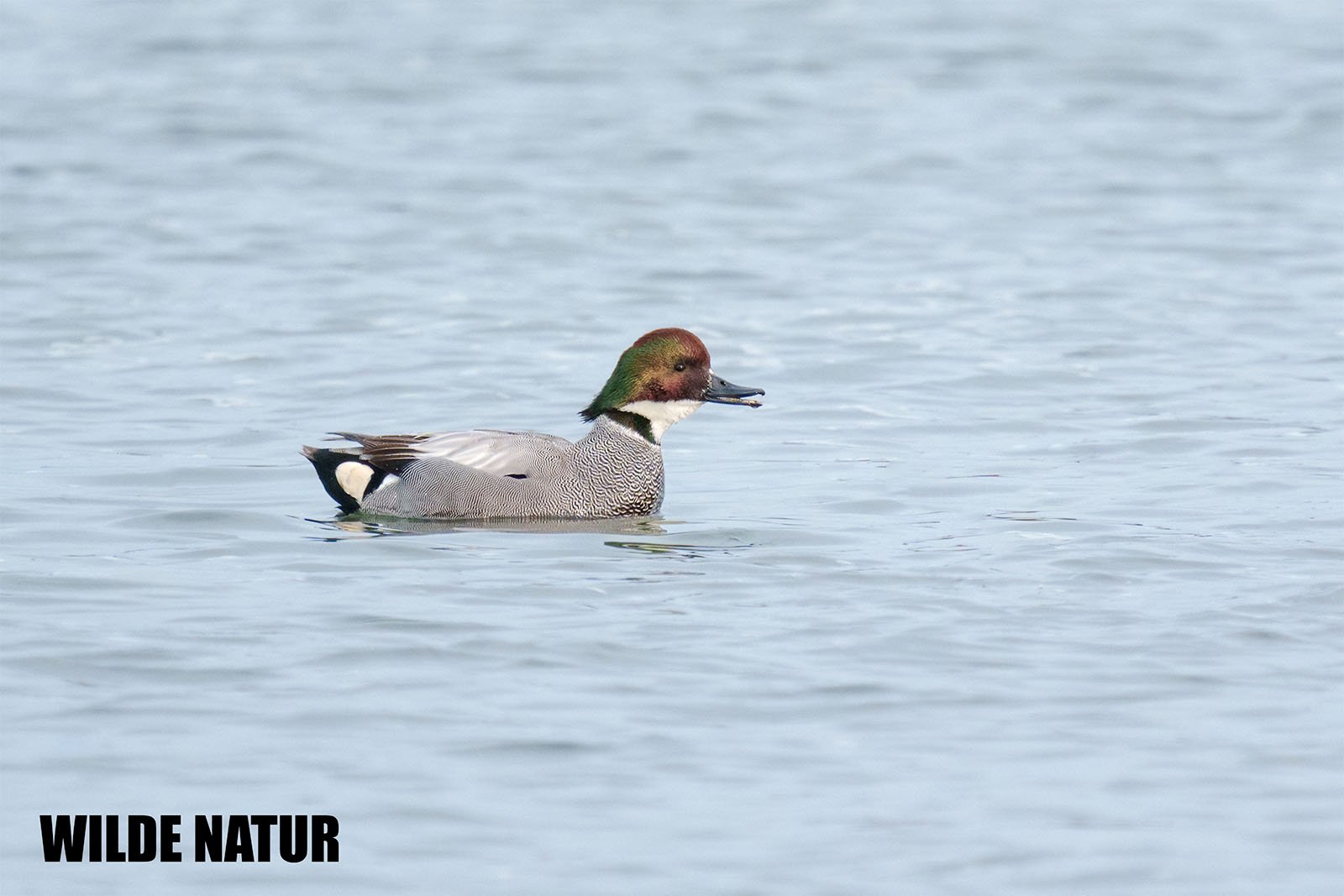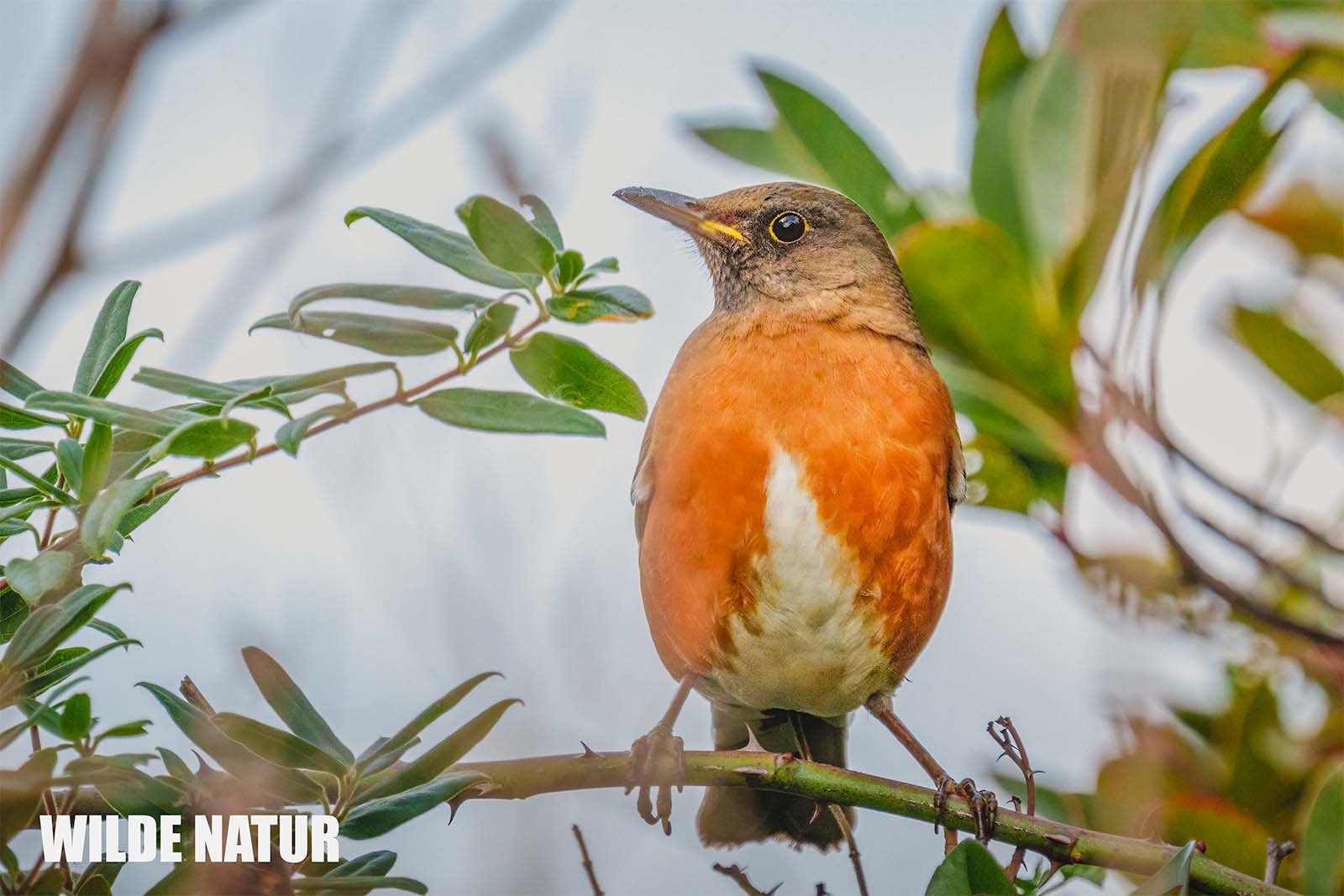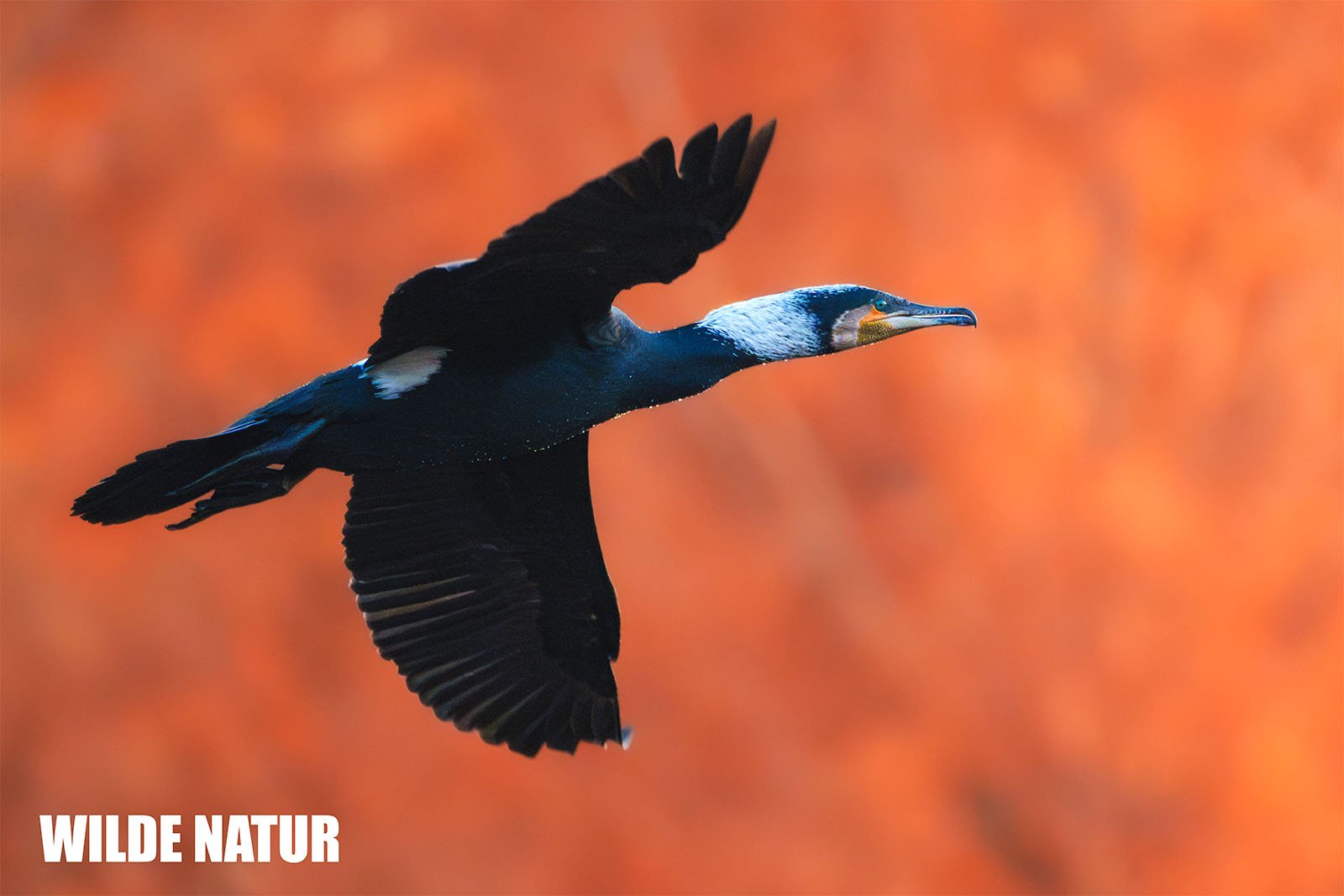Common snipe (Gallinago gallinago)
Common snipe (Gallinago gallinago) in the Bavarian wetland surrounded by purple Lythrum
Key Facts:
- Size: 23–28 cm
- Characteristics: Camouflaged plumage, long straight beak
- Habitat: Wetlands like moors and marshes
- Breeding: Nests in dense vegetation, well hidden
- Diet: Worms, snails, insect larvae
The Common Snipe (Gallinago gallinago) – Master of Camouflage
Table of Contents
- Introduction: The Common Snipe – A Hidden Treasure of Wetlands
- Identification: How to Recognize the Common Snipe
- Habitat and Distribution: Where the Common Snipe Lives
- Behavior and Flight: Unique Zigzag Flight and Camouflage Strategies
- Foraging: The Long Beak as a Perfect Tool
- FAQ: Common Questions About the Common Snipe
- Shortlist – Color Features
1. Introduction: The Common Snipe – A Hidden Treasure of Wetlands
The Common Snipe is a fascinating wading bird, known for its excellent camouflage and its distinctive zigzag flight. Despite its relatively modest size, it stands out with its long, straight beak and well-camouflaged brown tones. Anyone who spots a snipe in the wild quickly realizes why it’s so hard to find: in dense moorlands and marshes, it blends seamlessly with its surroundings.
2. Identification: How to Recognize the Common Snipe
The Common Snipe is around 25 to 28 cm long and has a beak that makes up nearly half its body length. Its plumage is a true masterpiece of camouflage:
- Feathers: The upper parts feature a pattern of various shades of brown with light and dark stripes. These stripes allow the bird to become almost invisible in its habitat. The underside is lighter, almost whitish, with fine dark streaks. Noticeable are the light stripes running along the head, giving the snipe its distinctive appearance.
- Beak: The long, slender beak is lighter at the base and darkens towards the tip. It is perfect for probing the soft ground in search of food.
- Eyes: The dark eyes are positioned on the sides of the head, giving the snipe a wide field of vision. This helps it quickly detect threats while foraging on the ground.
- Feet: The greenish-gray legs are slim and long enough to easily move through marshy areas.
These features make the snipe perfectly adapted to life in dense vegetation and wet meadows.
3. Habitat and Distribution: Where the Common Snipe Lives
The Common Snipe prefers wet moorlands, marshes, and wet meadows where it can find food and stay well hidden. In Europe, it’s mainly found in regions with extensive wetlands. Due to the ongoing destruction of such habitats, the snipe has become rarer in many areas. During the breeding season, it remains discreet, relying on its camouflage to avoid predators.
4. Behavior and Flight: Unique Zigzag Flight and Camouflage Strategies
The snipe is famous for suddenly taking off in a distinctive zigzag flight when startled. This erratic flight pattern makes it difficult for predators to catch. During the breeding season, the male produces a unique "drumming" sound, which is like a vibrating hum. This noise is created by the vibration of its tail feathers in flight and is a characteristic way to identify the snipe.
5. Foraging: The Long Beak as a Perfect Tool
The snipe uses its long beak to probe the soft, wet ground in search of food. It mainly eats worms, insect larvae, and other small creatures it finds with its sensitive beak. The beak is not just long but also flexible at the tip, allowing the snipe to precisely grasp prey even when it’s deep in the soil.
6. FAQ: Common Questions About the Common Snipe
1. Where is the best place to spot a Common Snipe?
In wetlands like moorlands, marshes, and wet meadows. Its camouflage makes it hard to spot, especially when it stays still in the grass.
2. How can you tell a Common Snipe apart from other wading birds?
By its long, straight beak and striped plumage with characteristic light stripes on the head.
3. What does the Common Snipe mainly eat?
It probes the ground for worms, insect larvae, and small invertebrates using its long beak.
4. How can you recognize the flight of a Common Snipe?
The snipe flies in a distinctive zigzag pattern, especially when startled, helping it escape predators.
5. What does the snipe’s breeding display sound like?
The male produces a "drumming" sound during the breeding season, created by the vibration of its tail feathers, which sounds like a humming noise.
7. Shortlist – Color Features
Feathers:
- Upper side: Brown tones with light and dark stripes
- Underside: Whitish with fine dark streaks
- Head: Light longitudinal stripes
Beak:
- Long, straight, lighter at the base, darker towards the tip
Eyes:
- Dark, positioned on the sides of the head
Feet:
- Greenish-gray

